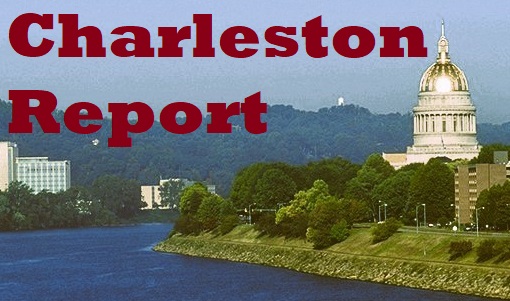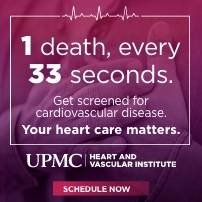August 28th, 2014 by WCBC Radio
Transportation Secretary James T. Smith, Jr., today announced that the Maryland Department of Transportation (MDOT) has terminated its agreement with CSX Transportation, Inc., and CSX Intermodal Terminals, Inc., (CSX) to attempt location of the Baltimore Rail Intermodal Facility at Morrell Park and has pulled all state funding from the CSX project. MDOT’s commitment of $30 million in capital funding and the remaining planning funding balance of approximately $1.45 million will not be included in MDOT’s draft six-year budget (FY 2015 – FY 2020 Consolidated Transportation Program) to be released on September 2, 2014.
“CSX has worked to develop an intermodal transfer facility that balances the needs of the community, the State of Maryland, the City of Baltimore and the railroad for five years without success. This is very disappointing for all concerned,” said Secretary Smith, “but we remain deeply committed to working with all stakeholders to develop a long-term solution that brings double-stack capacity to the State and enhances the competitiveness of the Port of Baltimore.”
MDOT has been working with CSX since 2009 to develop near-dock, double-stack rail capability for the Port of Baltimore’s Seagirt Marine Terminal. Double-stack rail transport involves stacking intermodal containers two high on rail cars. Using this method, freight trains can carry twice as many containers – increasing efficiencies and decreasing costs. Vertical clearances along CSX’s rail network prevent double-stack trains from reaching Seagirt Marine Terminal by rail. In September 2012, MDOT and CSX announced that a new intermodal container transfer facility would be constructed south of CSX’s Howard Street Tunnel – currently the biggest clearance impediment – at CSX’s Mt. Clare Yard in southwest Baltimore City. The purpose of this investment was to increase international container business through the Port of Baltimore and carry it to destinations in other states by CSX railroad.
Since that September 2012 announcement, the residential and business communities of Morrell Park, Wilhelm Park and Saint Paul have voiced concerns over the potential impacts the project would have on their community. CSX was unable to address these concerns to the satisfaction of the community, MDOT and the City of Baltimore.
“I made clear from the start, I wanted a project that was compatible with the neighboring community,” said Baltimore City Mayor Stephanie Rawlings-Blake. “While I support the continued strength of industry at the Port, it can’t be at the expense of our residents and local businesses.”
Over the coming year, MDOT will work with stakeholders to assess the feasibility of other initiatives that could improve freight movement through Baltimore, such as: implementing cost-saving operational efficiencies at Seagirt Marine Terminal, introducing potential shipping incentives for international cargo and incorporating double-stack freight capacity into the replacement of Amtrak’s Baltimore & Potomac Tunnel.
“We are viewing this as an opportunity to regroup and come up with a better alternative,” said Maryland Port Administration Executive Director James J. White. “It is in Maryland’s and the local economy’s interest to keep looking for a long-term solution that will provide double-stack access for all freight railroads servicing Maryland’s marine terminals.”




.jpeg)












